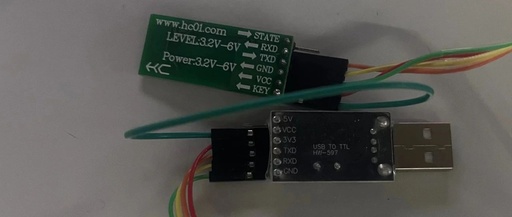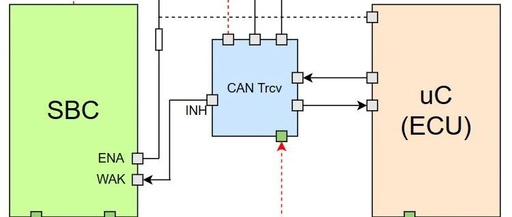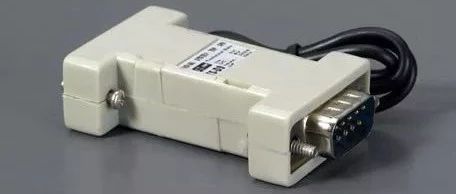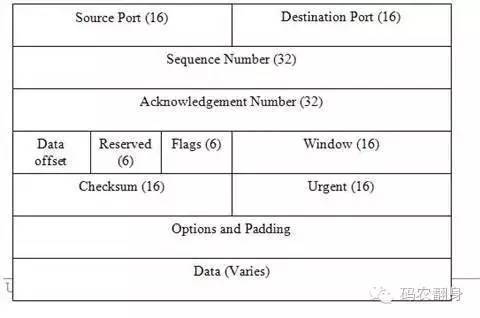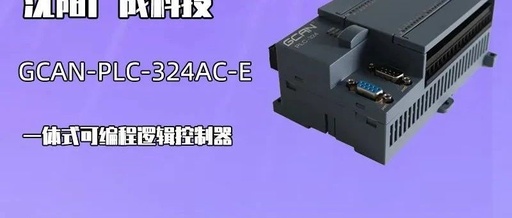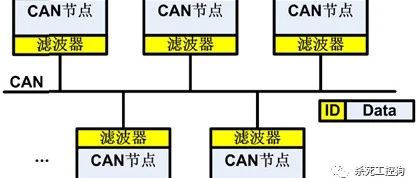STM32 Microcontroller Communication Protocol: Bluetooth as a Wireless Link
In today’s booming era of the Internet of Things (IoT), microcontrollers play a crucial role as core control units. Bluetooth technology, with its convenient wireless communication characteristics, has expanded the application space for microcontrollers. The STM32 series microcontrollers are favored by developers for their high performance and low power consumption. 1. Overview of Bluetooth (1) … Read more
